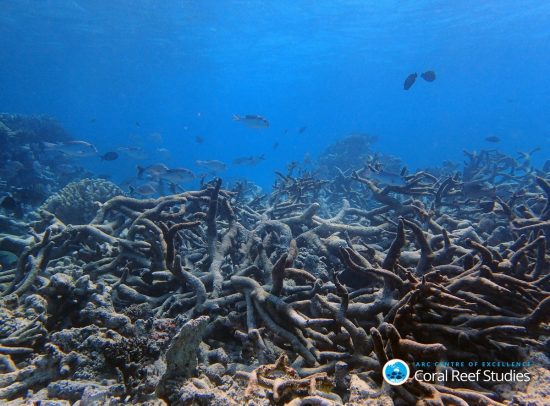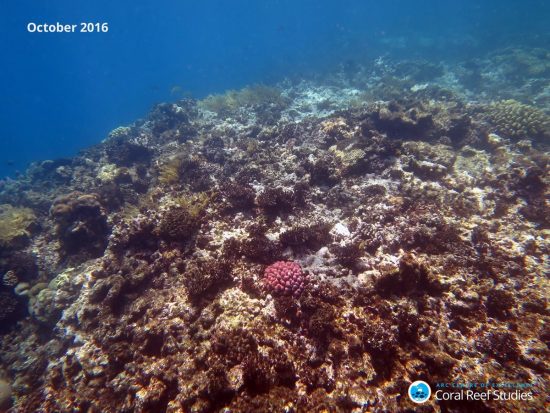





Scientists publish interactive map
Scientists from the ARC Centre of Excellence for Coral Reef Studies at
James Cook University are surveying the extent of coral bleaching at
the Great Barrier Reef (GBR) by re-examining the same 83 reefs they had
studied in March this year.
They discovered that many bleached corals had perished in the northern
third of the GBR. The situation is made worse by disease and coral
predators.
“Millions of corals in the north of the Great Barrier Reef died quickly
from heat stress in March and since then, many more have died more
slowly,” said Dr Greg Torda, a postdoctoral research fellow.
His team
recently returned from re-surveying the reefs near Lizard Island.
Footage from the scientists revealed the extent of the bleaching in
March and April, which was most severe in the northern 700km section of
the GBR.
In the southern half, the reefs were only lightly bleached and
were in good condition.
See here for an interactive Map of the reef including photos
and videos.
According to Dr Torda, “Six months after the peak bleaching, the corals
now have either regained their algal symbionts and survived, or they
have slowly starved to death without the nutrition the algae provide to
them.”
The news continues to be dire. After surveying the reefs near Lizard
Island, the team discovered that the amount of live coral covering the
reef fell from around 40 percent to under five percent.
“In March, we measured a lot of heavily bleached branching corals that
were still alive, but we didn’t see many survivors this week,” said Dr
Andrew Hoey, a senior research fellow who currently works from Lizard
Island Research Station.
“On top of that, snails that eat live coral are congregating on the
survivors, and the weakened corals are more prone to disease. A lot of
the survivors are in poor shape,” he added.
Professor Andrew Baird led the re-surveys of the reefs in the central
section, and described these reefs as being in much better shape:
“There is still close to 40% coral cover at most reefs in the central
Great Barrier Reef, and the corals that were moderately bleached last
summer have nearly all regained their normal colour.”
All the surveys will be completed in mid-November. Nevertheless, it is
already evident that the latest bleaching episode is more severe than
those in 1998 and 2002.
Map of the reef including photos
and videos
 Mares
Mares 4th November 2016
4th November 2016